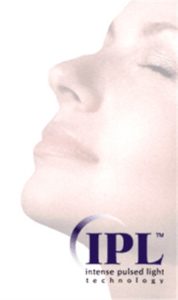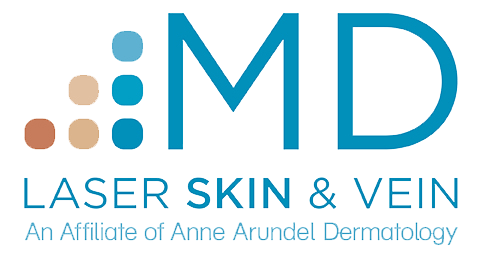
What can IPL Photorejuvenation treat?
Intense Pulsed Light (IPL) Photorejuvenation has the unique capacity to treat multiple symptoms of aging skin on your entire face in each treatment session. Among these are fine lines, red blemishes, blotchy coloration, brown spots, broken blood vessels, pigment discoloration such as freckles and age spots, enlarged pores, coarse or rough skin, loss of skin tone and elasticity, and general sun damaged skin. The result is a youthful, smooth and revitalized facial appearance. IPL can also treat spots, discolored areas and other tell-tale signs of aging on your hands, chest and neck.
Why is IPL Photorejuvenation so effective?
The multiple wavelengths of light are absorbed by brown and red tones in the skin as well as the collagen layers. In addition to treating multiple symptoms and locations in each session, IPL is gentle, non-invasive and safe. Because of this, there is very little “down time.” You see results in the complexion and the skin texture of the entire face. You can return to your normal routines and activities immediately, although there may be some redness and swelling. Freckles turn darker for a few days, and there is a small risk of bruising. Sun sensitivity lasts for approximately two weeks. Additionally, IPL treatments are customized to your specific skin type and color, providing the best possible results.
Who is a candidate for this new procedure?
If you are showing the signs of aging and sun damaged skin, you should consider IPL Photorejuvenation to help you look as young and healthy as you feel. A brief consultation with a board certified dermatologist at Maryland Dermatology Laser, Skin, and Vein is the way to find out.
How is IPL Photorejuvenation performed?
Before treatment, a cold gel is usually applied to the area to be treated, and you may be given dark glasses to shield your eyes from the bright light. During treatment, the smooth glass surface of the IPL handpiece is gently applied to your skin, delivering pulses of light to the area being treated. IPL treatments are usually considered pain-free, but an anesthetic cream can be used if you find the light pulses at all uncomfortable. Treatment sessions usually last about 20 minutes, and a complete program usually includes four to six sessions. After treatment, you can return to your normal routines and activities immediately. Occasionally, there may be signs of treatment such as redness or blotchiness that can last from a few hours to a few days. You will see gradual improvement from each session, resulting in a dramatic improvement by the end of your treatment program. Results usually last a year or longer. The treated skin is more sunsensitive for two to three weeks and is not usually done when people have a tan.
*Results may vary for each patient.
How much does IPL Photorejuvenation cost?
Costs vary depending on several factors, such as where you live, where the procedure is performed, the severity of your condition, etc. Compared to other aesthetic procedures, IPL Photorejuvenation is quite affordable and competitive. It is usually priced above microdermabrasion or certain chemical peels, but costs less than laser resurfacing and cosmetic surgeries. IPL procedures are not typically covered by health insurance.
Can IPL Photorejuventation be performed the same day as Botox or Laser Liposuction?
Botox can be performed immediately after IPL, but not immediately before. Both Thermage and Liposuction are not typically done on the same day as IPL photorejuvenation.
Is IPL the same thing as a “Photo Facial” (Foto Facial)?
Yes; these terms are used synonymously and interchangeably to describe treatment with intense pulsed light.
